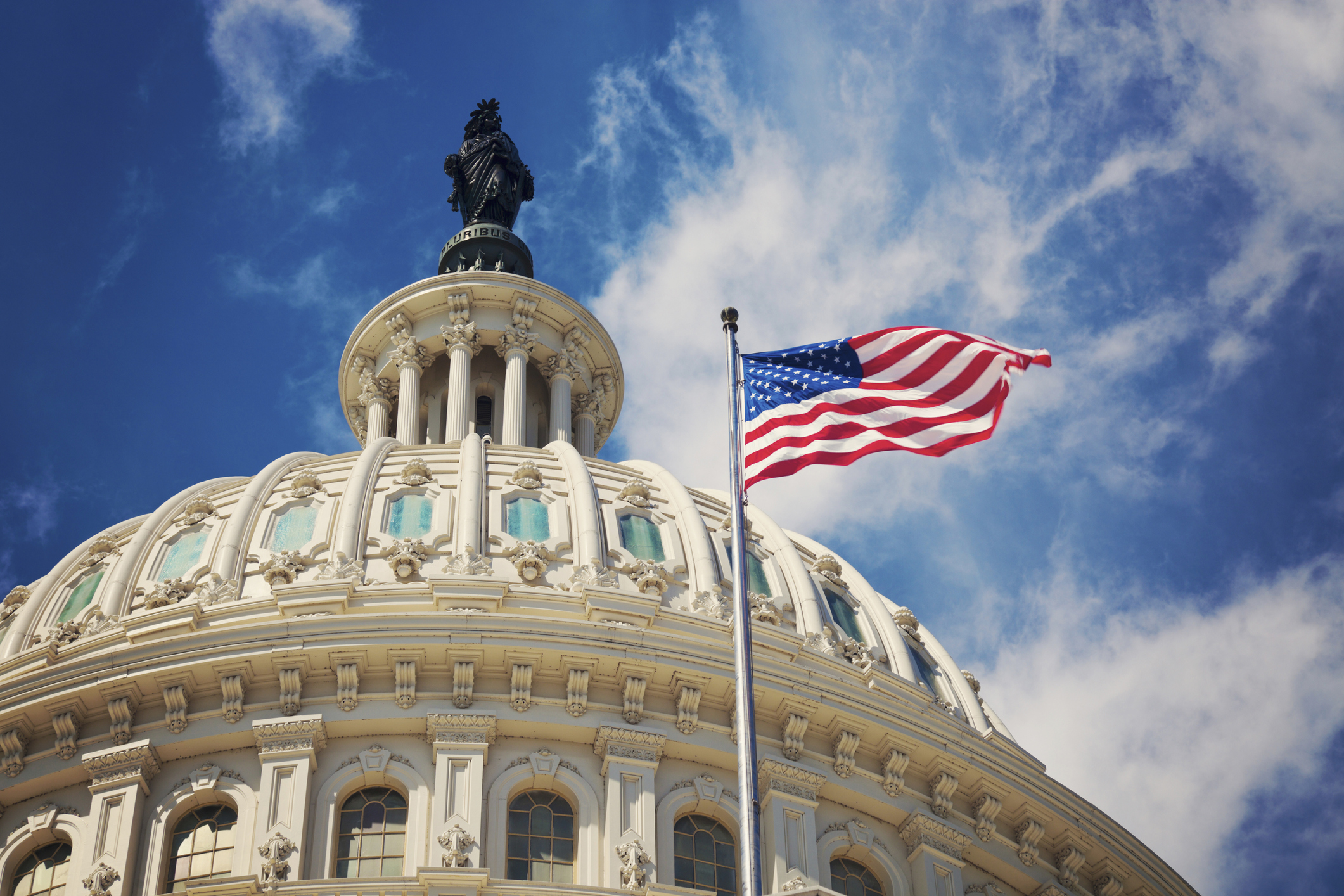Quick Hits
- The U.S. Senate voted overwhelmingly to remove a proposed ten-year ban on state and local regulations regarding AI technology from President Trump’s spending bill, emphasizing a federal push to promote AI development.
- The move comes as states are increasingly seeking to regulate AI to safeguard against potential employment discrimination and other risks.
The Senate voted 99–1 to “strike the section relating to support for artificial intelligence” from the domestic spending bill, H.R. 1. Sen. Marsha Blackburn (TN) offered the amendment in what was a series of amendments and votes on the legislation in recent days. Sen. Thom Tillis (NC) was the only senator who voted against it.
The Senate passed the spending bill 51–50 with Vice President JD Vance casting the tiebreaking vote.
Proposed Ten-Year Ban
The AI restriction was initially proposed in the U.S. House of Representatives as a ten-year “moratorium” banning states and local jurisdictions from regulating AI entirely during that period. However, lawmakers in the Senate later sought to tie $500 million in appropriations to support broadband internet and AI infrastructure.
Specifically, the Senate version of the bill had stated that “no eligible entity or political subdivision” to which funds are available “may enforce, during the 10-year period beginning on the date of enactment of this subsection, any law or regulation … limiting, restricting, or otherwise regulating artificial intelligence models, artificial intelligence systems, or automated decision systems entered into interstate commerce.”
Shifting AI Legal Landscape
AI and other algorithmic or automated decision-making technologies are becoming ubiquitous and are increasingly used by employers to boost productivity and efficiency. However, there are concerns that employers’ use of such technology to make employment decisions can lead to employment discrimination.
The Biden administration had sought to simultaneously promote AI development while limiting the potential negative impacts through nonbinding guidance regarding AI risks and safeguards to protect against those risks. However, the Trump administration has shifted federal policy to promote the development of AI and remove potential barriers, rescinding a Biden-era executive order (EO) that had called for safeguards. President Trump signed EO 14179 to “enhance America’s global AI dominance” and EO 14277 to enhance AI education and workforce development.
Without a federal focus on regulating AI, states are anticipated to fill in the gaps with laws and regulations to guard against risks. An increasing number of states and jurisdictions, including California, Colorado, Illinois, and New York City, have already passed or are considering AI laws or regulations. For instance, California recently advanced regulations that clarify that the use of “automated-decision systems” to make employer decisions can result in unlawful discrimination against applicants or employees in violation of state law. California lawmakers are further considering a bill called the “No Robo Bosses Act,” which would require employers to provide human oversight over the use of AI.
Next Steps
The ten-year AI moratorium had garnered opposition from states, leading to its removal from the spending bill. Nonetheless, inclusion of the ban in the president’s budget bill illustrates the Trump administration’s focus on limiting the regulation of AI development. Employers may want to stay tuned to new developments.
Ogletree Deakins’ Technology Practice Group will continue to monitor developments and will provide updates on the Employment Law, Governmental Affairs, and Technology blogs as additional information becomes available.
This article and more information on how the Trump administration’s actions impact employers can be found on Ogletree Deakins’ New Administration Resource Hub.
Follow and Subscribe
LinkedIn | Instagram | Webinars | Podcasts








